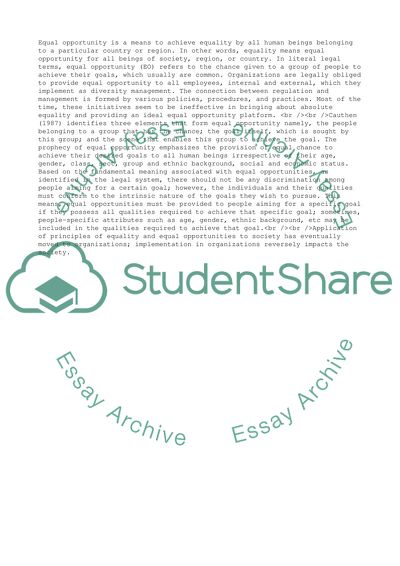Cite this document
(Equal Opportunities: National Health Services Essay, n.d.)
Equal Opportunities: National Health Services Essay. https://studentshare.org/management/1773742-equal-opportunities
Equal Opportunities: National Health Services Essay. https://studentshare.org/management/1773742-equal-opportunities
(Equal Opportunities: National Health Services Essay)
Equal Opportunities: National Health Services Essay. https://studentshare.org/management/1773742-equal-opportunities.
Equal Opportunities: National Health Services Essay. https://studentshare.org/management/1773742-equal-opportunities.
“Equal Opportunities: National Health Services Essay”. https://studentshare.org/management/1773742-equal-opportunities.


